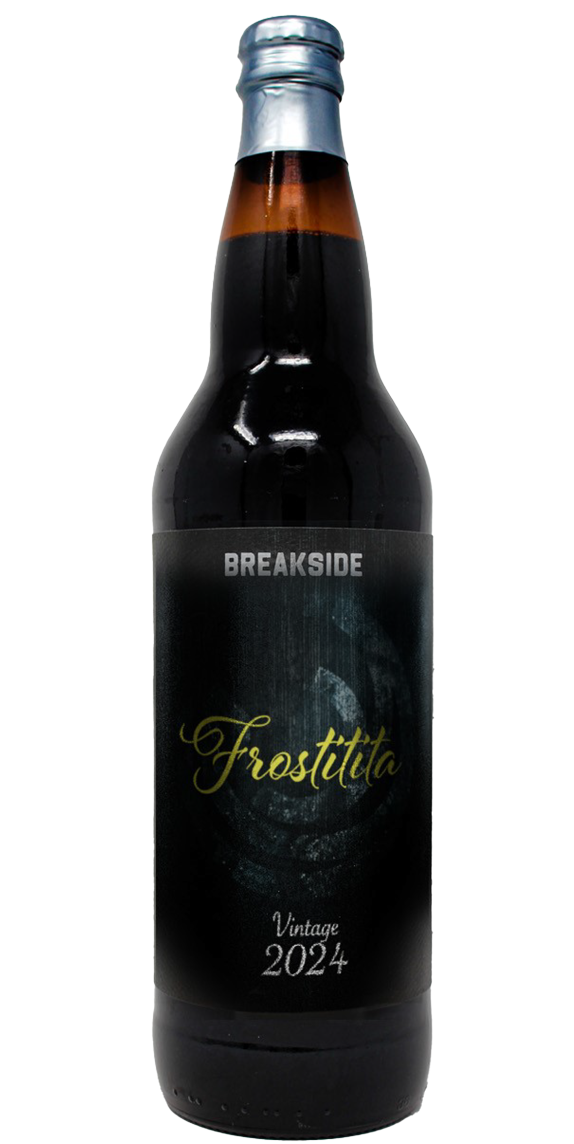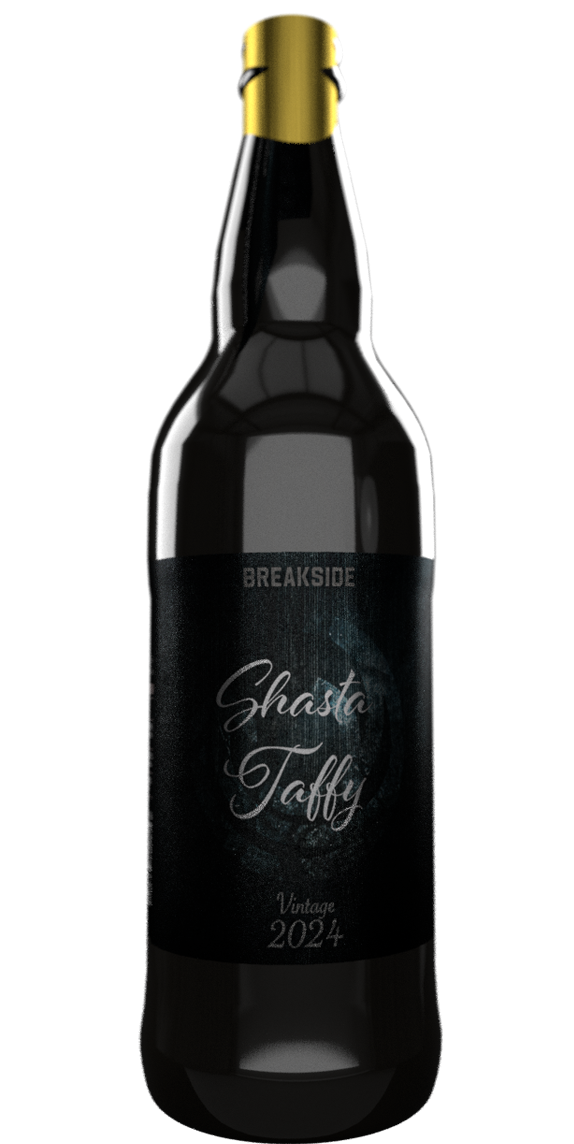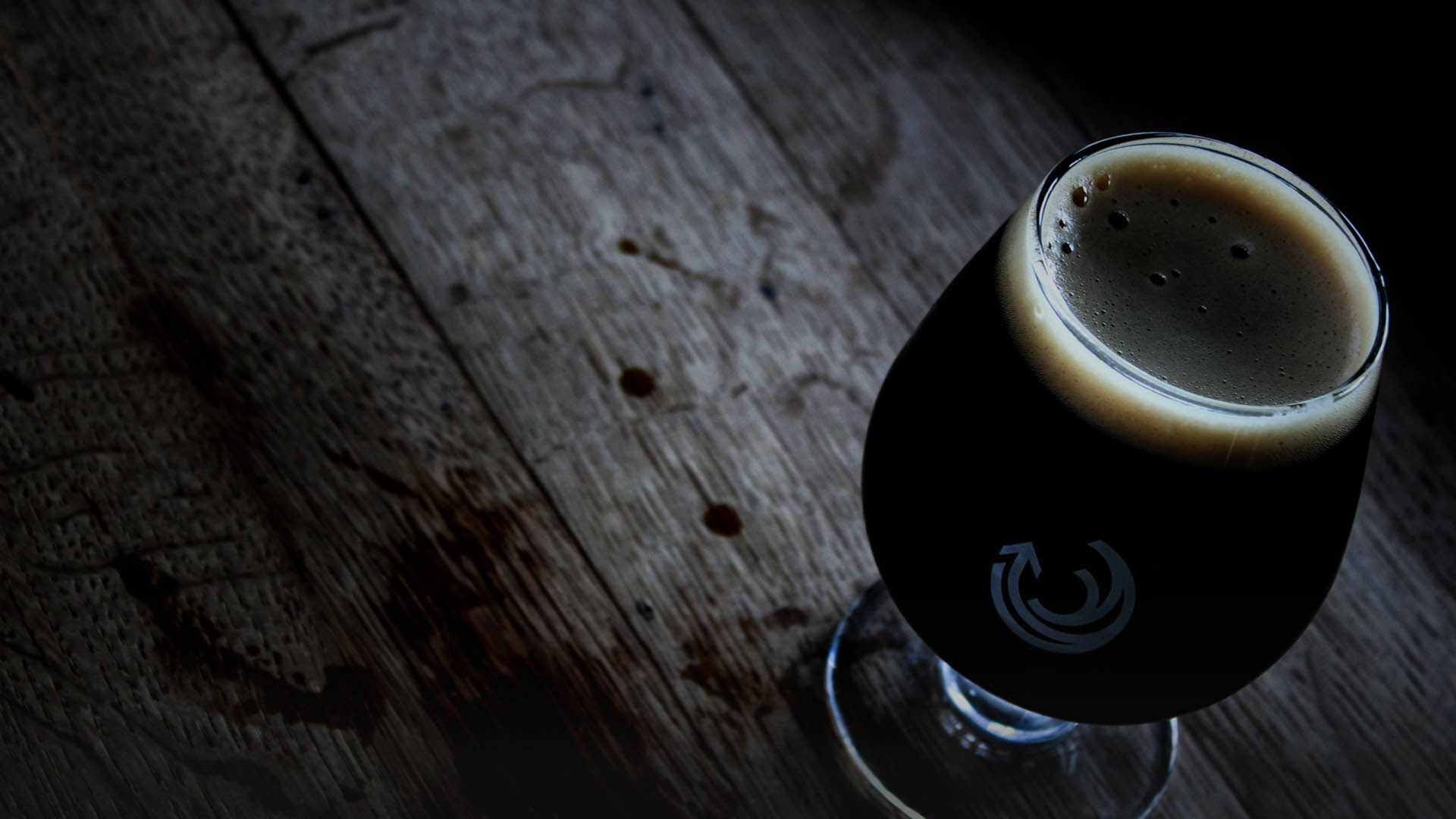



We’re kicking off our 2024 cycle of barrel-aged stouts with a blend composed primarily of 1 year-old beers that are all blooming fast. In general, we don’t really start tasting beers from the wood cellar until they’ve spent 9-12 months in cask, and it’s around this point in time in their maturation cycle that some casks start to really pop. Just as frequently, there are some casks in these cohorts that remain too young, green, closed, or aggressive. Sometimes it happens with casks from the same distiller with the same pedigree, re-filled by us with the same beer and then stored-by-side for months on end. How do those differences come to be? It’s the mystery of barrel-aging.
BREAKSIDE BARREL SERIES
-

Frostitita
IMPERIAL OATMEAL STOUT AGED IN BOURBON BARRELS -

Shasta Taffy
Imperial Stout aged in Bourbon Barrels
Frostitita
17 months

36% Imperial Oatmeal Stout aged 11 months in Heaven Hill Bourbon Barrels
21% Imperial Stout aged 11 months in George Dickel Barrels
21% Imperial Stout aged 22 months in Elijah Craig Barrels
15% Imperial Wheat Porter aged 36 months in Bissell Maple Farm Maple Syrup Barrels
7% Imperial Wheat Porter aged 11 months in Union Horse Bourbon Barrels

Shasta Taffy
22 months

45% Double Chocolate Stout aged 25 months in Bourbon barrels
30% Imperial Stout aged 13 months in Bourbon barrels
20% Double Export Stout aged 24 months in Elijah Craig barrels
5% Wheat Porter aged 38 months in Wheat Whiskey barrels
